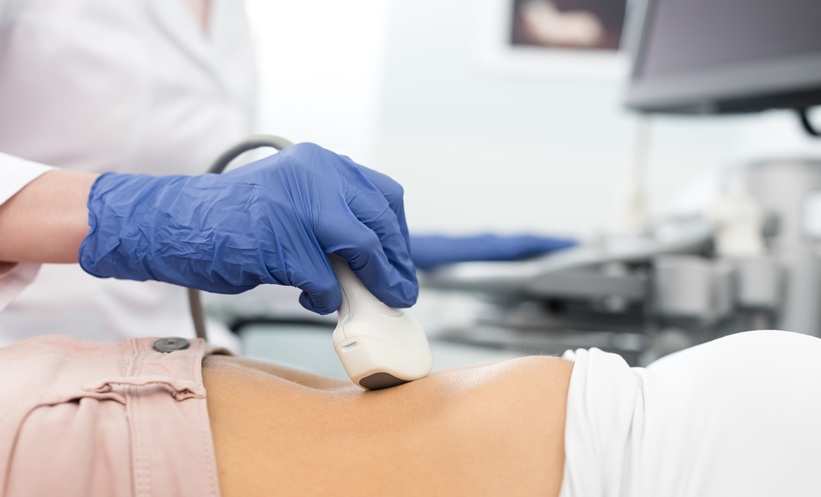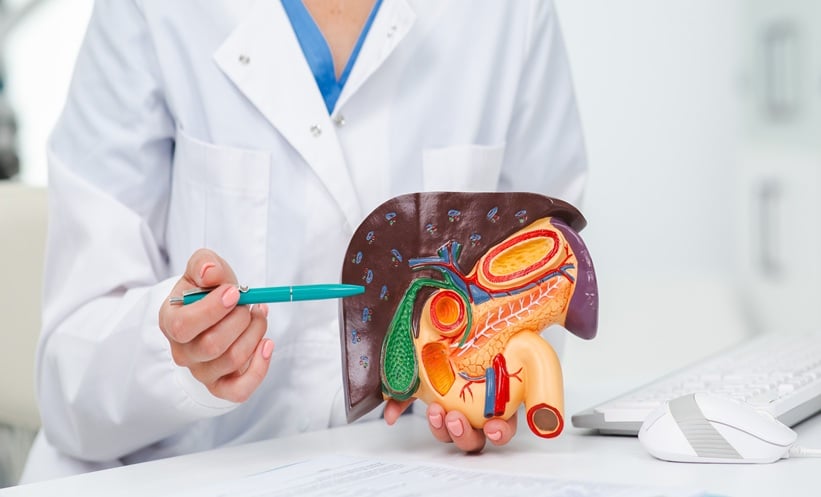A RECENT study has explored the use of advanced ultrasound (US)-based techniques for the non-invasive assessment of liver disease severity in patients with metabolic dysfunction-associated steatotic liver disease (MASLD), the most common liver disease globally. MASLD, which can progress to metabolic dysfunction-associated steatohepatitis (MASH) and even cirrhosis, is typically assessed using liver biopsy, a costly and invasive procedure. This new research suggests that combining multiple US parameters could offer a safer and more practical alternative.
The study compared several US-based technologies, such as controlled attenuation parameter (CAP), sound speed estimation (SSp.PLUS), and viscosity measurement (Vi.PLUS), with traditional liver biopsy results. CAP showed the strongest performance in identifying severe steatosis, while SSp.PLUS also demonstrated good diagnostic accuracy. Notably, Vi.PLUS, a novel viscosity-based measure, was linked with necroinflammatory changes, particularly ballooning and lobular inflammation, key components in diagnosing MASH.
Importantly, the researchers developed a combined predictive model called the VAS-MASH-US score, integrating US data to identify patients at high risk of MASH. Although this score cannot fully replace liver biopsy, it showed strong potential in selecting patients who may benefit most from the procedure, potentially avoiding unnecessary biopsies in low-risk individuals.
The study’s findings align with previous research indicating that different liver diseases affect tissue characteristics uniquely, suggesting that disease-specific US models may improve diagnostic accuracy. Despite limitations such as a single-centre design and lack of external validation, this work marks a significant step toward safer, more efficient diagnosis and monitoring of MASLD and MASH.
If validated in larger, diverse populations, the VAS-MASH-US score could represent a major advancement in hepatology, offering clinicians a practical, non-invasive tool for managing this increasingly common condition.
Reference
Liguori A et al. Multiparametric ultrasound for non-invasive assessment of liver steatosis, fibrosis, and inflammation in metabolic dysfunction-associated steatotic liver disease. World J Gastroenterol. 2025;31(25):105518.








